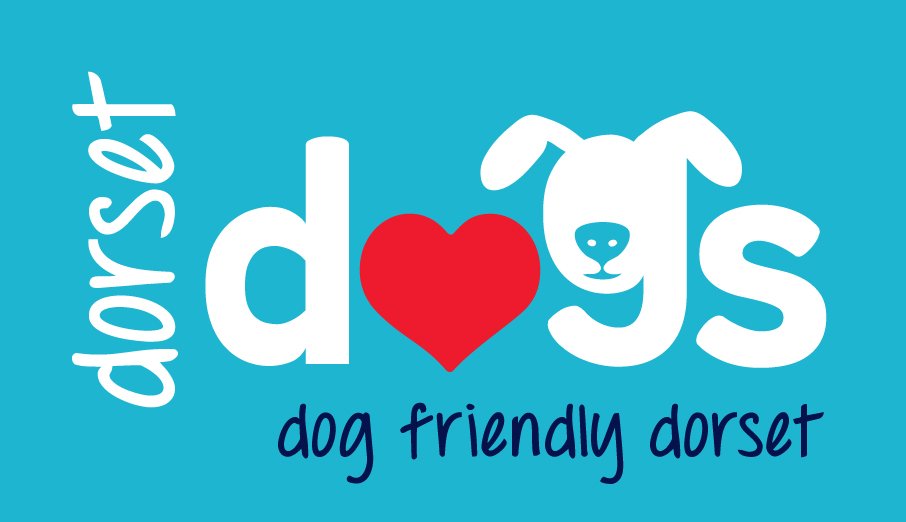Rottweilers
Obie hosts our play dates
Let's delve into the breed, and my experience owning and working with them! Izi Reeves and Duke
Breed History: As part of the "Working" breed group, Rottweilers have always had a job within society. Whilst many people think of them today as scary guard dogs, their original purpose was that of a farming breed. Originally known as "The Drover's Dog" they were a cattle farming dog, used to drive and guard cattle on their way to market, as well as pulling carts of butchered meat etc. Nowadays, they are rarely used as a farm dog, and are also often overlooked in police/army unit positions for the lighter shepherd breeds, but are quite often still found in sporting homes for obedience or working trials and bite sports .
Breed Standard: Many people are used to seeing a Rottweiler with a docked tail, however this has been banned in the UK since 2006. Some Rotties have a tail that curves up and over, whilst others have that more likened to a Labrador. The Kennel Club of the UK details the following; "Above average size, stalwart dog. Correctly proportioned, compact and powerful form, permitting great strength, manoeuvrability and endurance. Dogs height at shoulder: between 63-69 cms (25-27 ins); bitches between 58-64 cms (23-25 ins)."
(It is important to note that weight should be relative to size of the dog, but should not impact the dogs manoeuvrability, agility and stamina.)
Health Conditions: as with all large breed dogs, joints are a large concern - keeping on top of a Rottweiler's weight will help to reduce the risk of developing joint issues, as well as easing the discomfort caused by an hereditary issues the dog may have. The Kennel Club recommends that anyone looking for a Rottweiler puppy, only buy from a breeder who has carried out the following health tests on the parents; Hip and Elbow scoring, Eye Screening, JLPP and if being really thorough, LEMP-2.
Duke!
Duke:
Age - 6yrs 9months
Height - 27" to the shoulder
Weight - 38-40kg
Diet - Raw Food
Health Conditions - Elbow dysplasia and arthritis in both hocks.
Monthly Cost - Insurance and food alone = £200+ per month. (So not a cheap breed to keep!)
Biography - Completely unplanned, I adopted Duke when he was 9 months old. He had not long arrived in foster at a local rescue, after being shipped over from an RSPCA centre in Ireland where he was born. Rottweilers are a restricted breed in ROI, so they are harder for rescues to re-home. He stole my heart from the day I met him (about 6 weeks prior to adoption) as he was just the happiest, goofiest and well behaved 7 month old puppy I'd come across in a while - I knew I had to do whatever it took to make owning him a reality, even though it very nearly ended my relationship!
Six months after taking him home, Duke went to Southern Counties for a CT scan where it was confirmed that he had mild Elbow Dysplasia in both front legs. At the time he was given a steroid injection into the worst leg, and then, as he was still growing, it was advised to just let him live a normal life and we would act again later, as and when necessary. So, let him live a normal life I did!
For 4 years, Duke was the sidekick of my dog walking, pet sitting and dog training business; stooging for nervous/reactive dogs, being the first friend many of my walking clients met, Uncle duties for many puppies and playmate for the charges I would housesit.
Whilst I am not a self-employed dog trainer anymore, Duke's gentle nature is not put to waste. Since early 2022, he has been a temperament tested therapy dog for the charity, Therapy Dog's Nationwide, where we visit care homes and other establishments for cuddles and to spread a little joy.
Unfortunately in the summer of 2022, I realised that Duke wasn't as strong on his hind end as he had been previously, so we went for X-rays and it was confirmed that he has developed some arthritis on both his stifle (knee) joints. Thankfully, I noticed the changes earlier than most, meaning we haven't had to jump in to any surgical intervention, instead we are on a treatment plan with a fantastic physiotherapist/hydrotherapist team and are working on strengthening the muscles around the joints to keep him active.
As can be seen from our montage, Duke is a very agile and active large dog, and he thoroughly enjoys jumping, keeping him lean in weight is a large part of preserving his joints, so that he can remain as active as possible, for as long as possible. Over the next year or two, as he becomes a "senior", I plan on delving into some low impact dog sports with Duke, just for fun. We'd like to try our hand at any and all of the following; Hoopers, Mantrailing and Rally Obedience.
Written by Izi Reeves and Duke
Keywords:
Traits:
Exercise:
Why I wouldn’t own another breed:
Average life expectancy:
Average weight:
Downs:
Ups:






